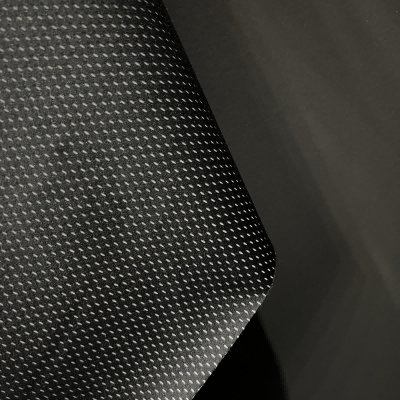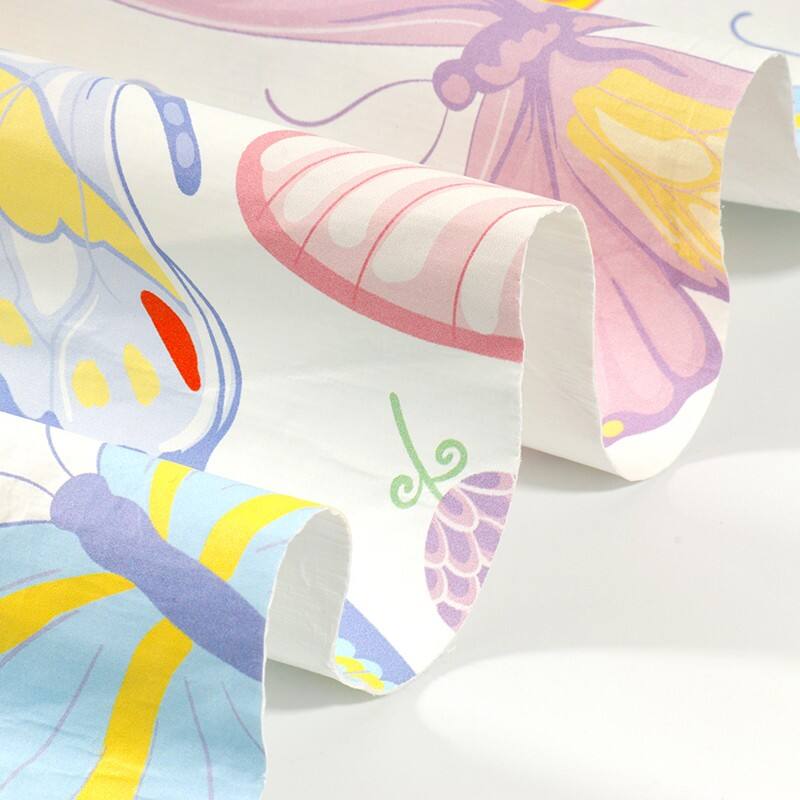eco friendly sustainable fabrics
Eco friendly sustainable fabrics represent a revolutionary advancement in textile manufacturing, combining environmental consciousness with practical functionality. These innovative materials are crafted from renewable resources such as organic cotton, hemp, bamboo, and recycled fibers, demonstrating a commitment to reducing environmental impact while maintaining superior quality. The production process emphasizes minimal water usage, reduced chemical treatments, and lower carbon emissions. These fabrics feature advanced moisture wicking properties, natural antibacterial characteristics, and enhanced durability. Their versatility allows for applications across multiple industries, from fashion and home furnishings to industrial uses. The materials undergo rigorous testing to ensure they meet sustainability standards while maintaining performance metrics. Modern manufacturing techniques enable these fabrics to offer comparable, if not superior, performance to traditional textiles while significantly reducing environmental impact. The integration of cutting edge technology in the production process ensures consistent quality and sustainability throughout the fabric's lifecycle, from raw material sourcing to eventual biodegradation.


